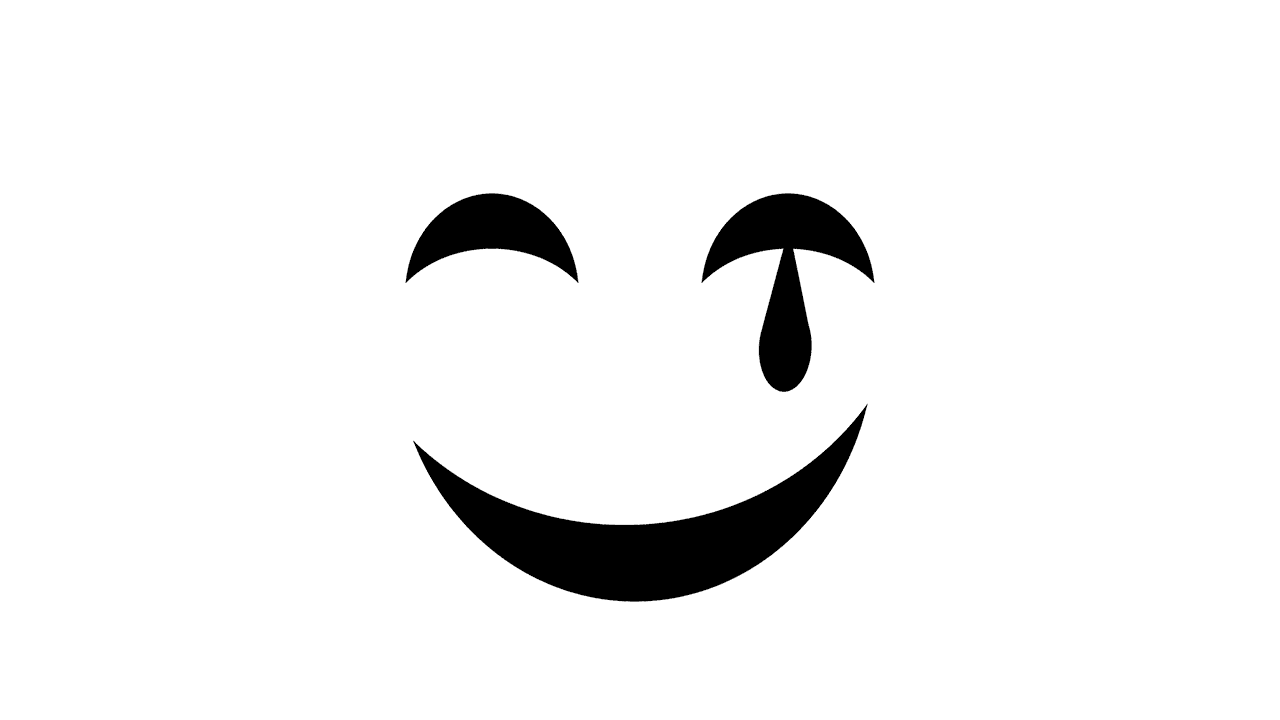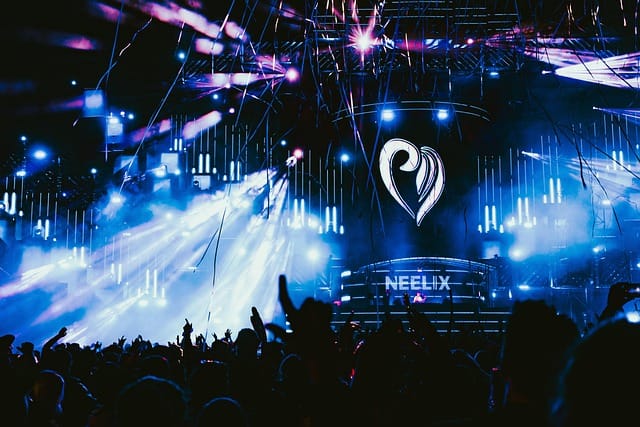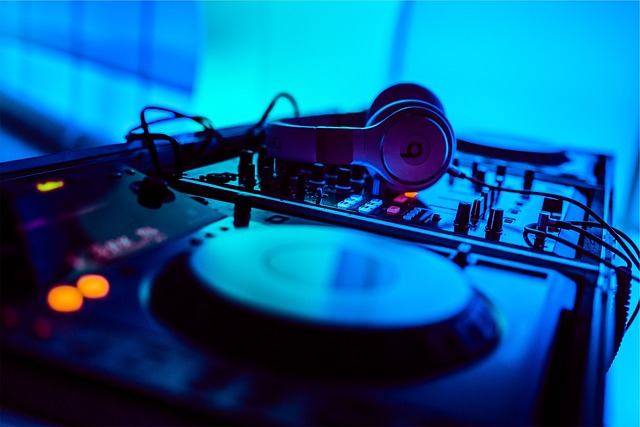Tour Dates | Shop | Contact
Electronic Dance Music, or EDM, was once a term used to broadly describe a variety of electronic genres designed for dancing and live performance in clubs and festivals. However, as the electronic music scene has evolved, the term “EDM” itself has become somewhat outdated, losing its original meaning and becoming a broad umbrella term. In recent years, the way people refer to electronic music has shifted, and different subgenres are emerging that better describe the evolving soundscapes of modern dance music. So, what is EDM called now? Let’s explore how the genre has transformed and what it’s referred to today.
The Evolution of EDM
The rise of EDM in the early 2000s was marked by a surge in popularity, thanks in large part to the explosion of global music festivals, mainstream collaborations, and radio-friendly hits. EDM was originally used to categorize a range of dance music styles, including house, dubstep, trap, and electro, all within one broad category. However, the increasing diversification of electronic music led to the rise of more specific genres and styles. As music production techniques have become more advanced and artists experiment with new sounds, genres have become more specialized and nuanced.
Is EDM Still a Valid Term?
Though EDM still exists as a broad reference for electronic dance music, it’s no longer a term that fully captures the complexity and diversity of the electronic music scene. Instead of lumping all electronic styles together, people now tend to use specific names for different subgenres. Terms like house, techno, dubstep, trance, and trap are becoming more commonplace when referring to the type of electronic music someone enjoys.
Moreover, the mainstream’s adoption of terms like electronic music (often shortened to e-music) is increasing, and this term more accurately reflects the broad spectrum of genres that fall under the umbrella of EDM. Additionally, the rise of niche genres such as future house, deep house, progressive house, and even Afro house—a blend of house music and traditional African rhythms—has resulted in an even more fragmented approach to electronic music categorization.
What Do People Call EDM Now?
While “EDM” is still widely recognized, here are a few terms that better represent the evolving landscape of electronic dance music:
- Electronic Music (E-Music)
As electronic music has grown more complex, “electronic music” has become the go-to term for fans who enjoy a variety of styles within the genre. E-music covers everything from ambient and experimental sounds to high-energy dance tracks. - House Music
House music, one of the foundational genres of EDM, continues to thrive today. With its roots in Chicago in the 1980s, house music remains popular, and it’s evolved into numerous subgenres like deep house, tech house, progressive house, and Afro house. Artists like Play House are at the forefront of modern house music, offering fresh takes on the genre. You can listen to Play House on platforms like Spotify, SoundCloud, and YouTube. - Techno
Techno has seen a resurgence, particularly in underground club scenes and festival circuits. While it was once lumped into the broad category of EDM, today, it is recognized as its own distinct genre with its signature repetitive beats and synthetic sounds. - Trance and Progressive
Trance music and its subgenre, progressive trance, have remained a constant in the electronic scene. Known for its uplifting melodies and emotional drops, trance has also become more niche, with many listeners gravitating toward new forms of trance-inspired sounds. - Dubstep
Originally born in the UK, dubstep gained mainstream recognition in the early 2010s. Known for its heavy basslines, wobbles, and aggressive drops, dubstep is still going strong today, though it is often classified separately from mainstream EDM. - Trap and Future Bass
Trap, a subgenre of hip hop, found a home in the EDM world with artists like Flosstradamus, RL Grime, and Yellow Claw pushing the boundaries of bass music. Future bass has similarly become a popular term, combining elements of trap with melodic, often atmospheric sounds. - Bass Music
Bass music is another genre that has expanded beyond the confines of the old “EDM” label. It’s a broad term that incorporates styles like dubstep, drum & bass, and future bass, and it’s seen massive popularity at festivals around the world.
Why the Shift Away from EDM?
The shift away from the term EDM is largely due to the increased sophistication of the genre. What was once a catch-all label now feels too restrictive. Artists and fans alike have pushed beyond the traditional boundaries, exploring subgenres that reflect the diversity and innovation within the electronic music landscape.
In addition, EDM as a term has become associated with its commercial, festival-oriented side. As the genre grew in popularity, it was embraced by the mainstream media, leading to the commercialization of many aspects of the genre. The need for specificity is reflected in the way artists and fans now use more detailed genre names to describe their music.
Conclusion: What Is EDM Called Now?
EDM, as a term, has lost some of its relevance in recent years. As the genre continues to evolve, more precise names like house, techno, trance, trap, and dubstep have emerged to better represent the various subgenres that make up modern electronic music. The term “electronic music” or “e-music” has become a more appropriate catch-all for the diverse styles within the scene.
For fans of artists like Play House, who blend house music with fresh, innovative sounds, the genre is more exciting than ever. If you want to dive deeper into the world of house and electronic music, check out Play House on platforms like Spotify, SoundCloud, and YouTube for some of the best tracks in the scene today.
As the electronic music landscape continues to evolve, so too will the way we describe it—no longer confined to the term EDM, but instead celebrating the diverse and dynamic sounds that shape the future of music.



